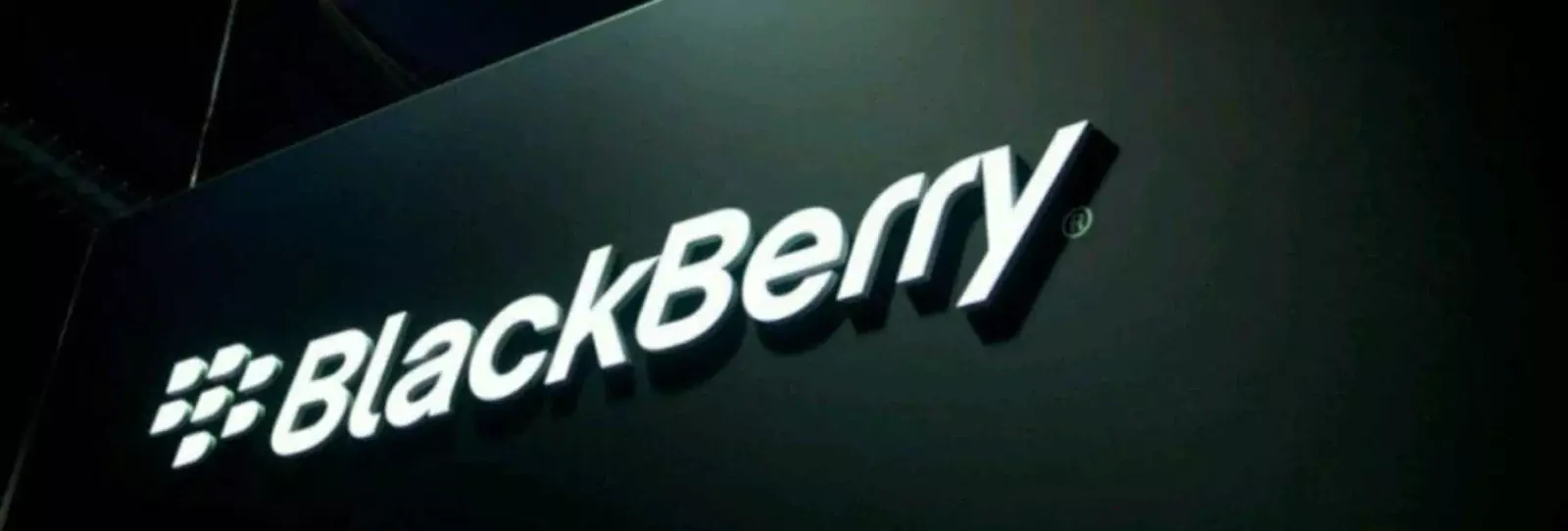AtHoc’s secure crisis communication platform expansion creates new data residency opportunities for global customers
BlackBerry today announced the general availability of BlackBerry’s AtHoc networked crisis communication platform from BlackBerry’s secure data center in Canada.
This expanded cloud offering will address data residency requirements for global customers who plan to use the AtHoc software for secure, networked crisis communication. The Canadian offering is supplemented with a disaster recovery data center in Europe. Several new Canadian and global customers have already committed to be hosted on the new service.
With the new AtHoc software cloud available in Canada, BlackBerry’s AtHoc now can serve a growing number of Canadian and global organizations that must adapt to changing corporate and legal hosting requirements.
Since the European Court of Justice determined in October, 2015 that a U.S.-EU Safe Harbor Framework is no longer valid for the transfer of personally identifiable information from Europe to the U.S., data sovereignty has been a growing concern for an increasing number of global organizations.
“This is an important step forward in our mission to extend the AtHoc software platform globally, enabling us to build crisis communications networks in the cloud for customers around the world,” said Aviv Siegel, VP Technology, AtHoc, Division of BlackBerry.
“Now we can provide Canadian customers, as well as international customers, state-of-the-art crisis communication capability while helping them address local privacy concerns and regulations.”
By early 2016, BlackBerry’s AtHoc plans to deliver wholly hosted cloud services in Europe, with a primary and disaster recovery site.
Acquired by BlackBerry in September 2015, AtHoc enables people, devices and organizations to exchange critical information in real time during business continuity and life safety operations.
AtHoc customers securely connect with a diverse set of endpoints, including mobile devices running iOS and Android, PC and Mac desktops, digital displays, radios, IP phones, sirens, fire panels and speakers to facilitate collaboration and enhance situational awareness.



